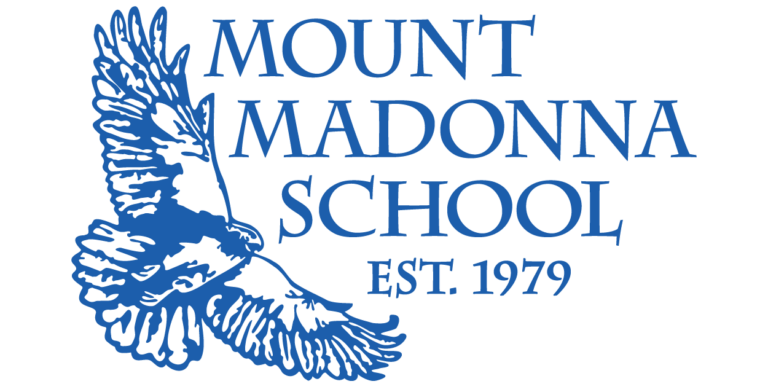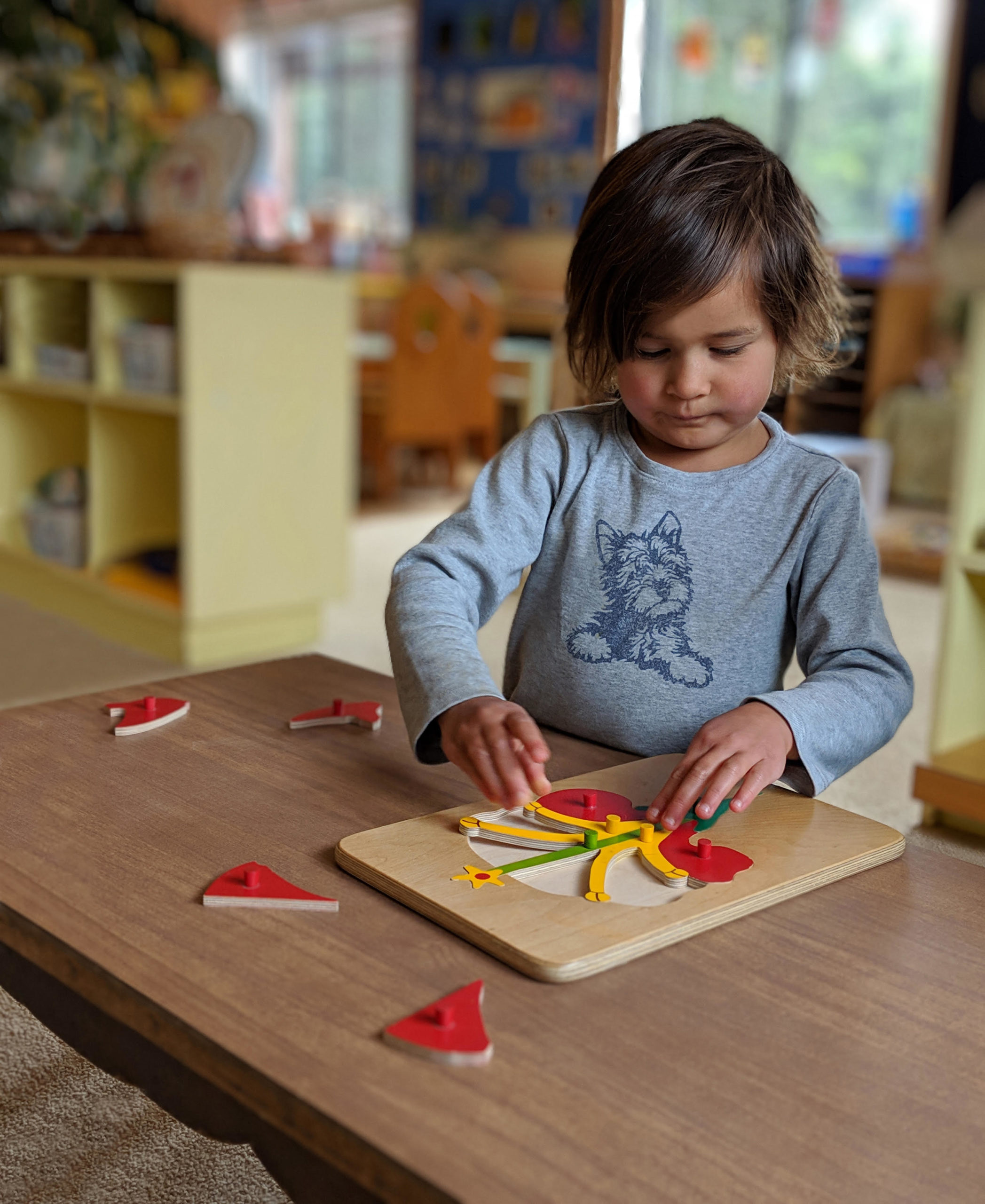 Growing Up in Santa Cruz, January 2020, Behind the Teacher’s Desk, “Look What I Made! Academic Achievement and the Creative Process in Preschool and Kindergarten,” by Hema Walker.
Growing Up in Santa Cruz, January 2020, Behind the Teacher’s Desk, “Look What I Made! Academic Achievement and the Creative Process in Preschool and Kindergarten,” by Hema Walker.
The joyful sights and sounds of children creating their own masterpieces and engaging in the creative process reveal more than just a playful diversion from the important work of academics. The process of creating with one’s own hands, and as a group, is rich with essential skills that enrich and support academic pursuits and give rise to meaningful connections between the student and the academic material. A wealth of research indicates that the inclusion of the arts in education creates well-rounded individuals who possess not just strong academic skills but also the social, emotional and problem-solving skills that support creativity, collaboration, empathy and civic engagement.
High quality preschool and kindergarten programs offer abundant daily opportunities for children to experience the satisfaction and sense of empowerment that comes through engaging in the creative process. From painting at the easel and creating works of art during free choice time, to teacher led art, sewing, felting and baking projects that reflect the seasons and themes of study, students gain vital skills that come through working with their hands. Incorporating artistic self-expression into academic lessons through book making empowers children to create their own ABC and 123, drawing journal and seasonal books that reflect their unique creative spirit. Weaving singing, dancing, yoga asanas and dramatic storytelling into the daily curriculum brings the creative process joyfully to life for young children. And of course, children love to share the fruit of their creative pursuits by presenting what they have learned to the larger school community through performances on stage.
When young children engage in coloring, painting, cutting, gluing, baking, felting and sewing they are exercising and refining their fine motor skills. These activities strengthen hand-eye coordination and directly support the academic skills of holding a pencil and forming letters and numbers. Crafting activities encourage both hands to work together, encouraging bilateral coordination, as connections are made between the right and left sides of the brain. Read more




